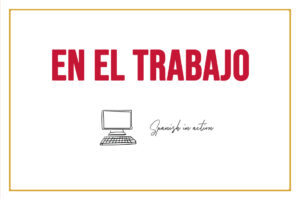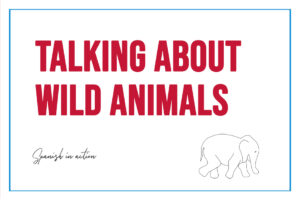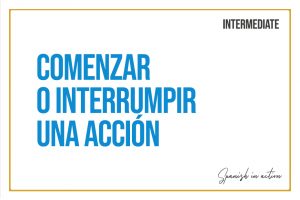What topics do you like the most to learn Spanish? It is an essential question to a language student. That is how teachers strive to find motivating materials for them; to have conversations, watch videos, read articles. The answers vary according to the professions and personalities of the students: history, economics, tourism, business, health, entertainment, culture. However, there is a constant theme: food.
It is natural because all human beings like to eat. Without distinction of gender, education, profession, nationality, all eat. In addition, talking about food can always be related to all those other topics: health, history, tourism, business, entertainment, and indisputably with different cultures.
The taste for food is what unites us universally. Although, not all of us share the cooking pleasure. This article shows only a small part of what you can learn in a Spanish cooking class. You will read, watch videos and follow instructions about cooking in Spanish.
It is an extraordinary way to learn a language and culture. Knowing the popular and familiar recipes of this new place will place you in the scene. In this case, the Hispanic world. Every culture has its culinary treasures, and they are a form of expression, a form of art. If you are studying Spanish, knowing these treasures will bring you closer to this cultural expression. Also, an easy way of expressing them in the language.
I think this is a bit underrated in teaching Spanish, and it’s as rich as our food.
Students learn a vast vocabulary related to cooking and food. I will give you examples, just a few, and you will be impressed.
-All the nomenclature of formal and informal measures and weights: liters, kilos, milligrams, a cup, a teaspoon.
-All the packaging nomenclature: can, package, bottle, bottle.
-Variety of ingredients of all kinds: sauce, aubergine, recipe book, oven, oil, beans.
-The different names of kitchen implements: cutlery, knife, plate, pan, whisk, refractory.
-Lots of adjectives for the different nouns: thick, deep, electric, small.
-Adjectives to express the perception of flavors, smells, textures, appearance: sour, bittersweet, lumpy, liquid, creamy, toasted.
-Adjectives to express the condition of the food: fried, gratin, baked, frozen.
-Diversity of verbs related to cooking and food: mix, melt, fry, beat, harden, taste, cook.
Typical adverbs of the kitchen world: slowly, carefully, quickly.
-Verified and typical structures and verb forms of giving recipes and instructions in general:
- Infinitive forms: baking until golden.
- Impersonal: it bakes itself until golden brown.
- Imperatives: put it in the oven until golden brown / do not take it out until it is golden brown.
- Indicative of you, us, and you: you put it in the oven, we put it/they put it in the oven.
- Use of pronouns: put it/you put it.
- Time expressions: during, by, until, until, when + subjunctive.
Do you see why I tell you that learning Spanish through cooking is underrated?
And attention, this vocabulary, structures, and linguistic resources, and much more related to the world of cooking, will not only help you to cook. They are forms that you extrapolate to any other communicative context, but it turns out that you have learned it with this topic so everyday, necessary and entertaining.
In our school Spanish Perfecto, we are encouraged to create a course of 10 classes to promote learning in this way. I tell you more there is a delicious Latin American cookbook that while you know and cook it, you will also learn the history of each dish, what surrounds its tradition, and some other related cultural element that causes us pride such as music and related literature, and even the chefs who have made them famous.
Our intention will always be that while our students learn Spanish, they have the opportunity to immerse themselves in time and space. We have more courses like this one announced at IMMERSION COURSES.
Check it out. You will understand, or rather, you will taste it.



